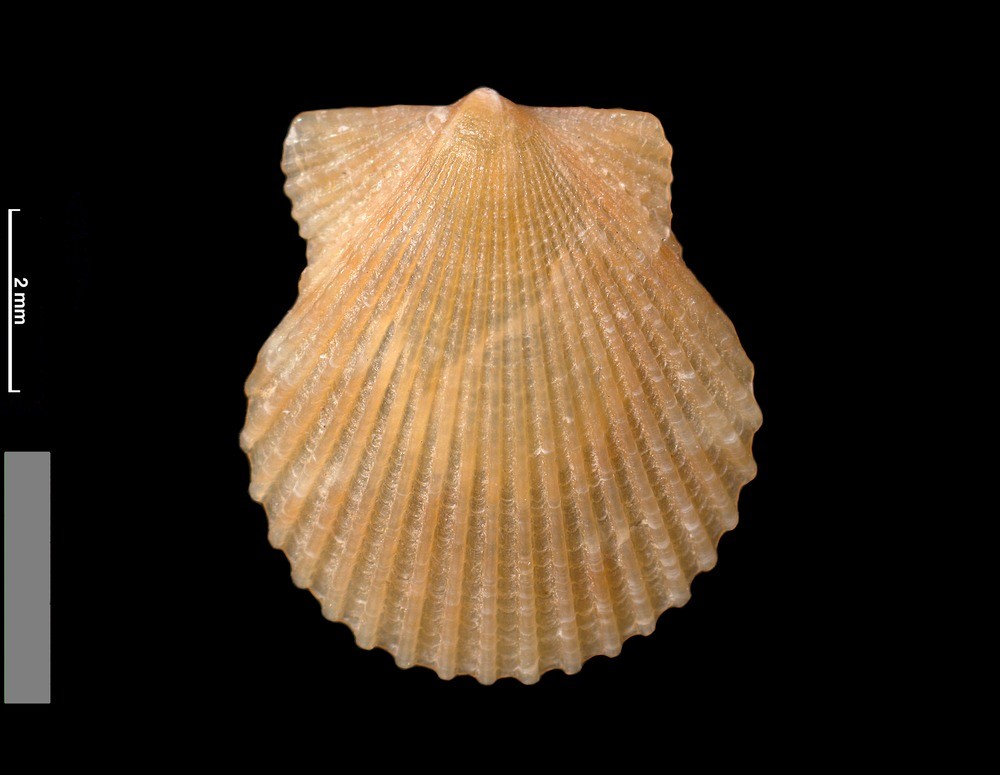| P number: | P521204 |
|---|---|
| Caption: | A fossil specimen of Chlamys opercularis Linne. A fossil gastropod. (Mollusca, Gastropoda.) Barry Buddon No.2 Borehole, 4.0 m, Forfarshire, Scotland. |
| Description: | Chlamys is in the same family as Pecten and other scallops. British Geological Survey Biostratigraphy Collection number GSE 14028. They have a subcircular, inequivalve shell, the right being rounded and the left flat, each valve has strong radial ribs for ornamentation. They have a large centrally placed muscle scar, contraction of which expelled sea water and so provided propulsion to allow the bivalve to swim and possibly avoid predators. Known as the `queenie? to all inshore fishermen around the United Kingdom, Chalyms opercularis (Queen Scallop) is a major source of income to many coastal communities in these islands. It grows to about 100 mm and is an active swimmer using its characteristic 'shell clapping' technique mentioned earlier. This action is a flight response to the touch of a starfish, or the pressure wave of a swimming predator. This example is Flandrian in age i.e. 10,000 years before present to the present day and represents a period of improving conditions from the Arctic conditions of the Devensian and the last ice age. A synonym name is Pecten opercularis. Figd. Armstrong, M., Paterson, I.B. and Browne, M.A.E. Geology of the Perth and Dundee district memoir for 1:50,000 geological sheets 48W, 48E, 49. London : HMSO, 1985. |
| Date taken: | Wed Jan 01 00:00:00 GMT 2003 |
| Photographer: | Unknown |
| Copyright statement: | NERC |
| Orientation: | Landscape |
| Size: | 108.88 KB; 1000 x 775 pixels; 85 x 66 mm (print at 300 DPI); 265 x 205 mm (screen at 96 DPI); |
| Average Rating: | Not yet rated |
| Categories: | Best of BGS Images/ Fossils |
Reviews
There is currently no feedback

